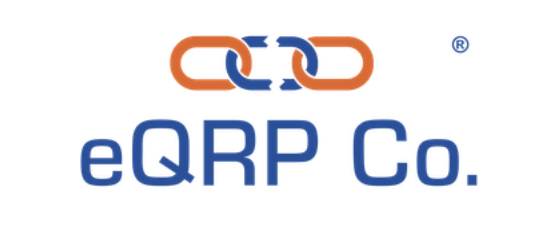“Price is what you pay. Vale is what you get.” – Warren Buffett
We all recognize Warren Buffett, the Oracle of Omaha, as one of the wisest investors to walk the planet. His track record is impeccable and his habit of discipline in uncertain is unmatched. His statements and investment advice become famous and nearly biblical as soon as they leave his mouth.
Margin of Safety
One important concept that Buffett shares with investors is the importance of the “margin of safety.” What he refers to by this term is the confidence an investor has in protecting their principal by investing in an undervalued asset. When an asset, stocks in Buffet’s case, is undervalued, he buys it for less than its worth and therefore has a margin of safety based on the difference between the purchase price and the valuation of the stock.
For example. Based on fundamentals, an investor assesses that a stock price is correctly valued at $15 per share, but the price is $12, then there is a margin of safety of $3 based on the difference between what the stock is worth and its values.
Of course, you and I both know that today no one knows the real value of these hyperinflated stocks. But I digress.
Other Asset Classes
Let’s apply this to the multifamily asset class, the ideal asset class for any working professional who seeks to diversify from the 401k and risky stocks. When a passive investor invests in an apartment syndication, they should apply the margin of safety concept by ensuring that the price of the investment is under its current value.
By understanding conservative underwriting , current rents and cap rates in the area, a wise passive investor should be able to easily understand whether the investment opportunity is properly priced with built-in equity.
Another way of applying the margin of safety is to understand the debt-service coverage ratio (DSCR) of the deal. This is the ratio of annual net operating income to debt service and is a financial health measure of how easily the property’s income can cover its obligation to the lenders. The ideal standard is 1.25. DSCR is important for passive investors to understand because, while we all want to create positive returns from our investments, as Buffet states, the #1 rule of investing is to never lose money.
💡Invest Your Retirement w/ eQRP
– How To Use Your 401k To Invest In Real Estate


